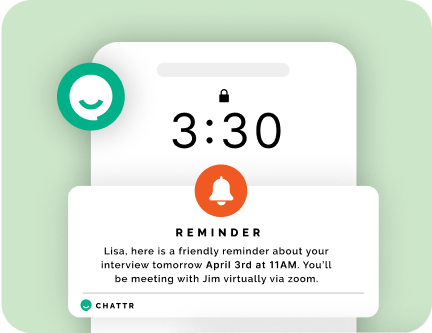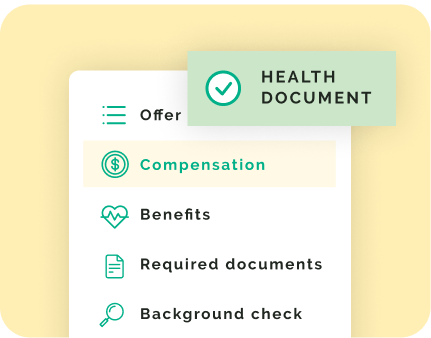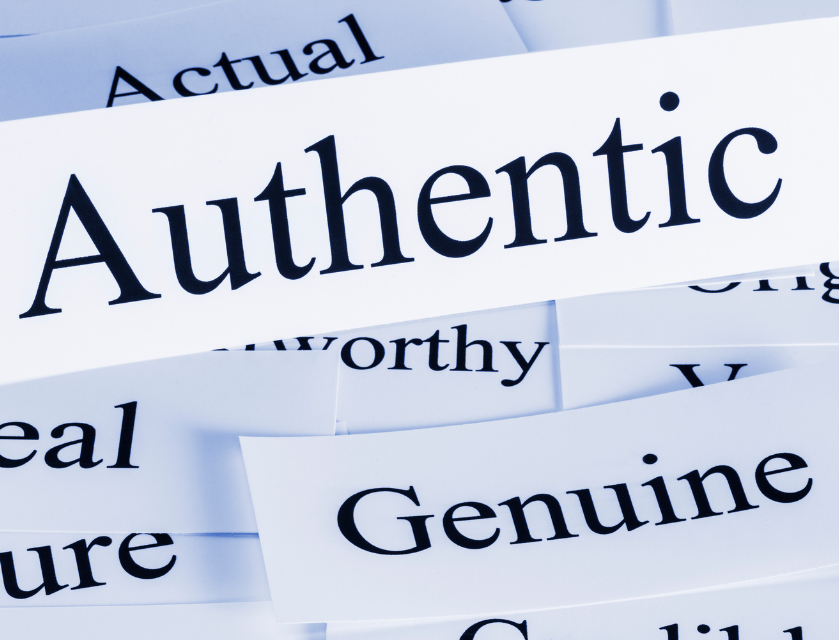Research consistently shows that diverse teams perform better, are more innovative, and better reflect today’s diverse customer base. But many hourly workforces still lack diversity, especially in leadership roles. As a hiring manager, how can you proactively build a more varied and inclusive team?
This guide provides strategies to expand your candidate pool, reduce unconscious biases, standardize practices, and make evaluations more objective. By optimizing for equity throughout your hiring process, you can reduce barriers and construct an outstanding, diverse workforce.
Review Job Qualifications to Eliminate Unnecessary Barriers
The first step is examining your job qualifications. Requirements should focus on the necessary hard and soft skills, not traditional pedigree. Look for unintended barriers like:
– Strict education levels or degrees that aren’t directly relevant. Focus more on skills gained rather than school names.
– Unneeded years of experience. Consider requiring demonstrated abilities over tenure.
– Narrow mobility specifications. If driving or travel aren’t essential parts of the role, don’t set them as prerequisites that would screen out candidates.
– Overweighting culture fit assessments. Emphasize coachability and values alignment instead.
The goal is to open opportunities to the widest, most capable talent pool possible. Assess whether your qualifications predict performance or if traditional notions of “qualified” are getting in the way.
Expand and Diversify Your Sourcing and Outreach Approaches
In addition to reconsidering job requirements, also expand your sourcing tactics to reach a more diverse candidate pool. Strategies include:
– Advertising roles on niche job boards focused on women, minorities, veterans, people with disabilities, and other groups.
– Building partnerships with professional associations, affinity networks, and nonprofits to access their diverse membership. Attend their job fairs.
– Using inclusive, representative images and language in social media outreach targeting underrepresented groups.
– Sponsoring scholarships and offering internships at historical black colleges, Hispanic-serving institutions, and similar schools.
Look beyond the same repetitive channels to ensure your pipeline represents the diversity of your community. More perspectives yields better ideas and service.
Provide Ongoing Unconscious Bias Training
Even well-intentioned people have unconscious biases that can negatively impact hiring decisions. Investing in bias education makes these blind spots visible so they can be reduced.
– Offer all hiring decision makers training on recognizing common biases and their workplace effects. Provide science-based techniques to minimize bias.
– Set expectations that staff at every level will regularly complete training. Make it part of company values, not just a one-off.
– Keep bias top of mind by discussing case studies and calling out issues as they arise. Ongoing attention changes culture.
Addressing unconscious bias through ongoing education equips your team to act more objectively. You cannot fix what you do not see.
Standardize and Structure Interviews and Evaluations
In tandem with bias training, also optimize interview practices themselves to limit subjectivity. Methods include:
– Using consistent interviewers or panels across all candidates for a given role. This minimizes inconsistencies.
– Developing structured guides with the exact same set of behavior-based questions to ask each applicant. Avoid straying off script.
– Establishing clear rubrics and scales to rate responses objectively. Don’t rely on instinct.
– Blinding interviewers to demographic information that could influence reactions. Focus strictly on skills.
The more standardized your practices, the better you surface the most qualified candidates, not just superficially charismatic.
Make Hiring Decisions More Objectively
Finally, managing evaluations in an equitable, inclusive way is crucial. Tactics to reduce subjectivity include:
– Using skills-based criteria over vague impressions of “fit” or polish. Require evidence of ability.
– Anonymizing applicant demographic info to reduce unconscious bias. Evaluate substance blindly.
– Establishing diverse review panels. Seek out differences in perspective.
– Discussing decisions as a group rather than permitting individual veto power on a candidate.
– Tracking data like application-to-hire ratios by demographic. Address any imbalances uncovered.
Striving for objective, data-driven decision-making reduces bias and builds diverse, qualified teams. Set clear expectations around equitable practices at every step.
Leverage AI to Further Remove Bias
AI recruiting assistants like Chattr also curb bias by:
– Screening and ranking using skills, not protected characteristics irrelevant to jobs.
– Structuring interview guides and nudging users away from inappropriate questions.
– Separating demographic info from applicant materials for blind evaluation.
– Identifying potential areas of inequality through anonymized data.
Combined with the above efforts, AI technology can further promote diversity, equity, and inclusion in your hourly hiring. Seek out differences and you will find untapped talent.












